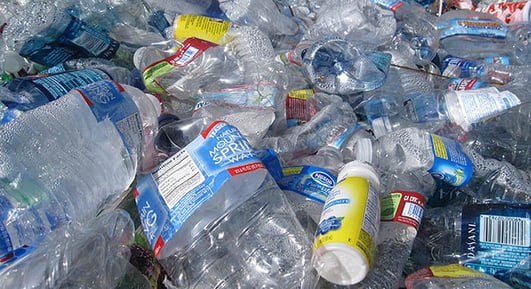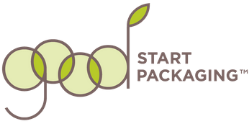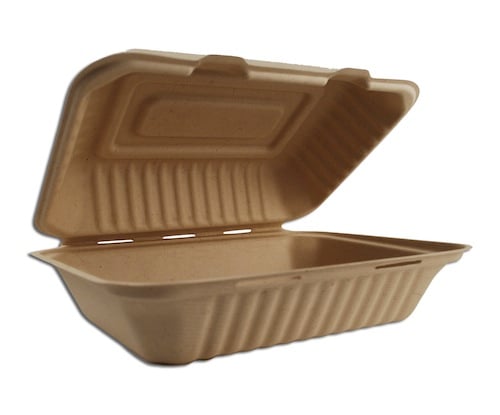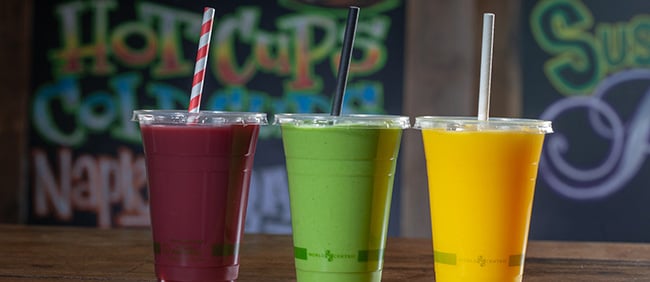While it may seem like a secret recycling code, the symbols printed on plastic items identify what items are made of. Plastic containers like milk jugs and water bottles all contain a numerical code for the resin type. This resin identification coding system was created in 1988 as a way to improve identification of resin types for recycling programs. This coding system is critical today.
Many consumers do fail to notice or understand these numbers. Businesses that handle a large volume of disposable containers however, could greatly benefit from learning about what those recycling symbols mean. This would ensure they recycle them correctly instead of throwing them in landfills.

A common misconception of the plastic resin codes is they mean a product is ok to add to the recycle bin. This is due to the "chasing arrows" that signify recyclable. It is however not true but the plastics industry has a vested interest in maintaining this myth. The codes embossed on plastic, typically numbered 1 through 7 simply indicate the type of plastic used in the product.
Anything is recyclable with enough money and energy. Unfortunately, the reality is that approximately 90% of plastic is not recycled. This is generally because there is no viable aftermarket for the recycled material.
Recycling Symbols 1-7 and Their Meanings:

Recycle Symbol 1
This type of plastic is made from polyethylene terephthalate (PETE or PET). Many of the most common plastic items are made from PETE or PET. Because it is so common, it is easy to recycle as many recycling facilities accept this resin type. The exception here is thin plastic clamshells like berry containers and blister packaging which is difficult or impossible to recycle. When possible, using compostable clamshell packaging the best alternative.
Examples include:
- Juice bottles
- Water Bottles
- Soda bottles
- Salad dressing bottles
- Food jars and containers

Recycle Symbol 2
(HDPE) High density polyethylene is another major form of plastic that is recyclable. It is often included for recycling services offered by facilities. HDPE containers are durable and have one of the highest recycling rates.
Examples include:
- Milk jugs
- Cleaning supply bottles
- Grocery bags

Recycle Symbol 3
This third kind of plastic resin, called vinyl (V) and polyvinyl chloride (PVC). Plastic #3 is hard to recycle and is known to contain phthalates that may cause health problems if humans are exposed.
Examples include:
- Clear plastic food packaging
- Shampoo bottles
- Detergent bottles

Recycle Symbol 4
Because products with this resin are difficult to recycle, not many facilities have services to recycle (LDPE) low density polyethylene. An increasing number of plants are starting to accept it however.
Examples include:
- Squeezable bottles
- Shrink wraps
- Plastic bags
- Drycleaning bags

Recycle Symbol 5
PP Polypropylene is considered to be one of the most widely used plastics in the world. These products are also typically recyclable in most major cities and facilities.
Examples include:
- Food containers
- Trays
- Bottle caps
- Orange medicine bottles

Recycle Symbol 6
(PS) Polystyrene is also a very common plastic that comes in a solid or foamed form like Styrofoam. It is not accepted by most recycling facilities however. This is due to it being expensive to recycle.
Examples include:
- Packing peanuts
- Foam coffee cups & food trays
- Grocery store meat trays

Recycle Symbol 7
The last resin category encompasses all other or various plastics, including bioplastics like PLA (polylactic acid), which is generally compostable. There is no standard on whether these plastics are recyclable. They typically are not for reuse unless they are compostable.
Examples include:
- PLA and Bioplastic made from corn
- (PC) Poly Carbonate
- BPA
Information Equals Education
In an effort to make recycling easier, additional information on recycling labels is increasing applied to materials used by major companies. Companies like How2Recycle are developing messaging like prep instructions and whether things are widely accepted or not.
Eco-Friendly Alternatives to Plastic

Compostable options like PLA and fiber packaging have grown recently in an effort to keep plastics out of oceans and landfills. These materials have benefits both upstream in the manufacturing process as well as in the waste stream. At Good Start Packaging our mission is to reduce plastic waste and help companies shift to plant-based compostables.







